One building at a time: Penn State Altoona invests downtown
Listen-
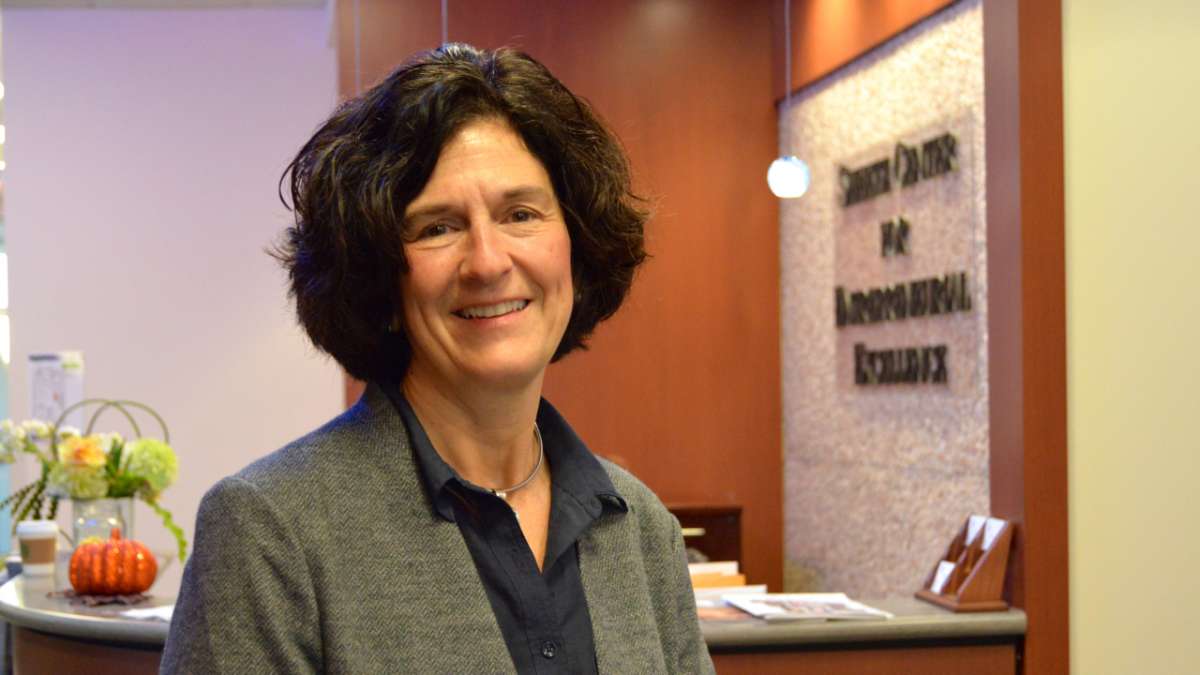
-
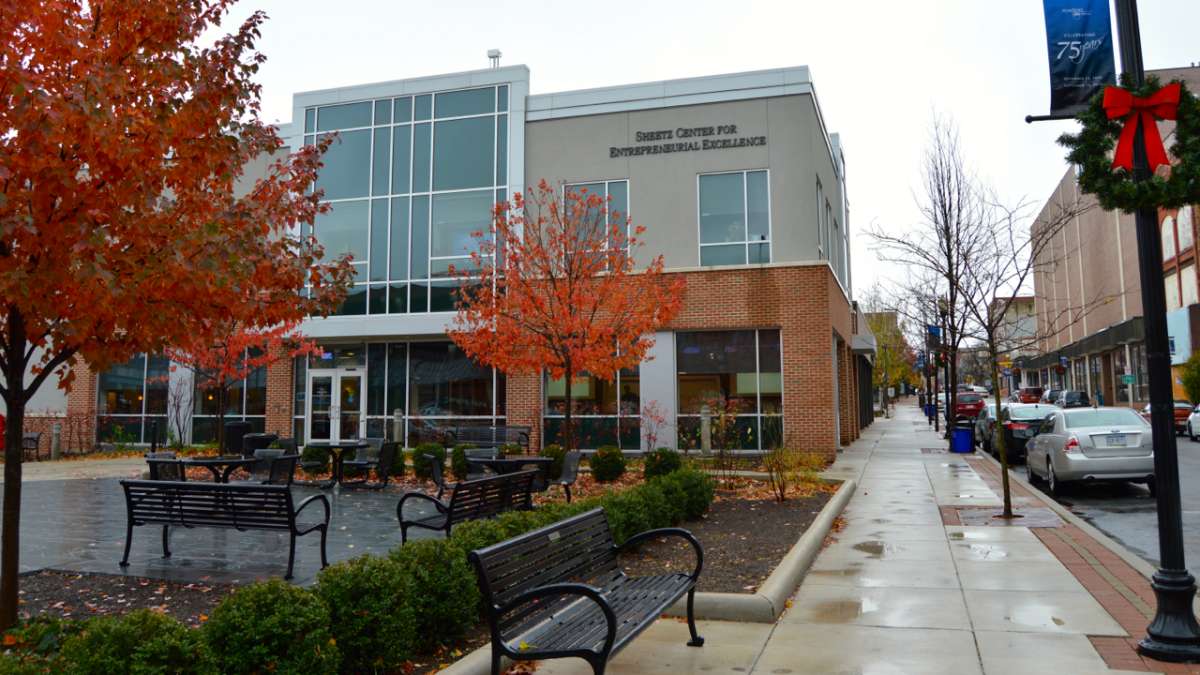
-

-
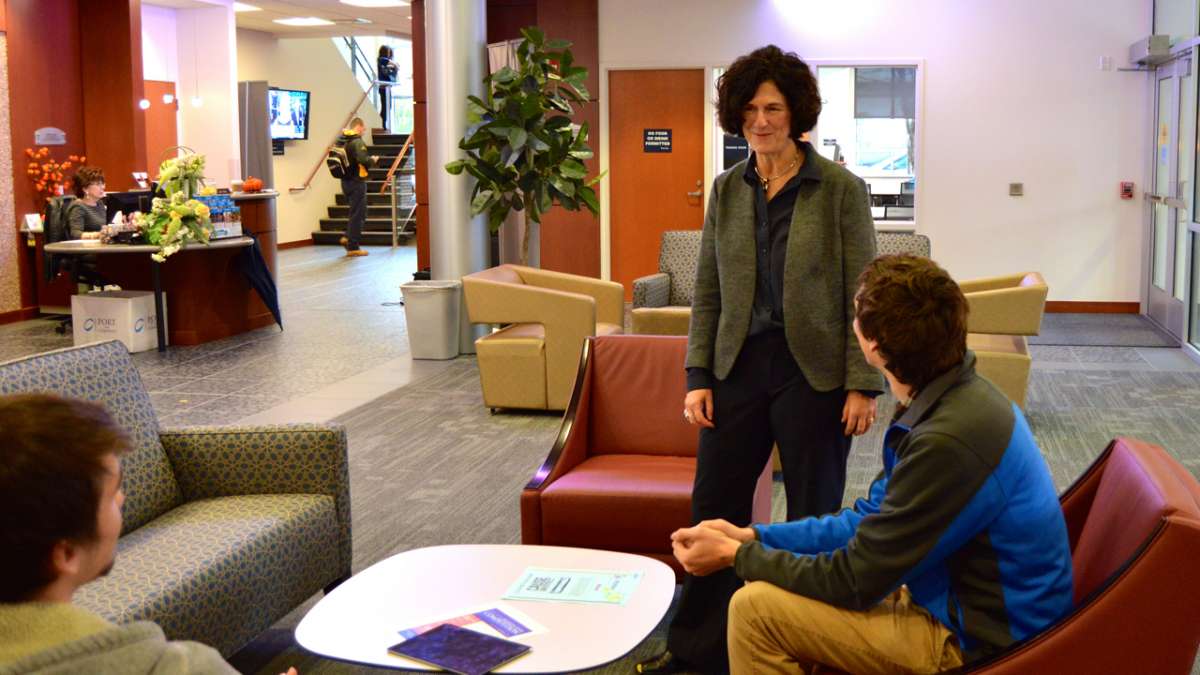
-
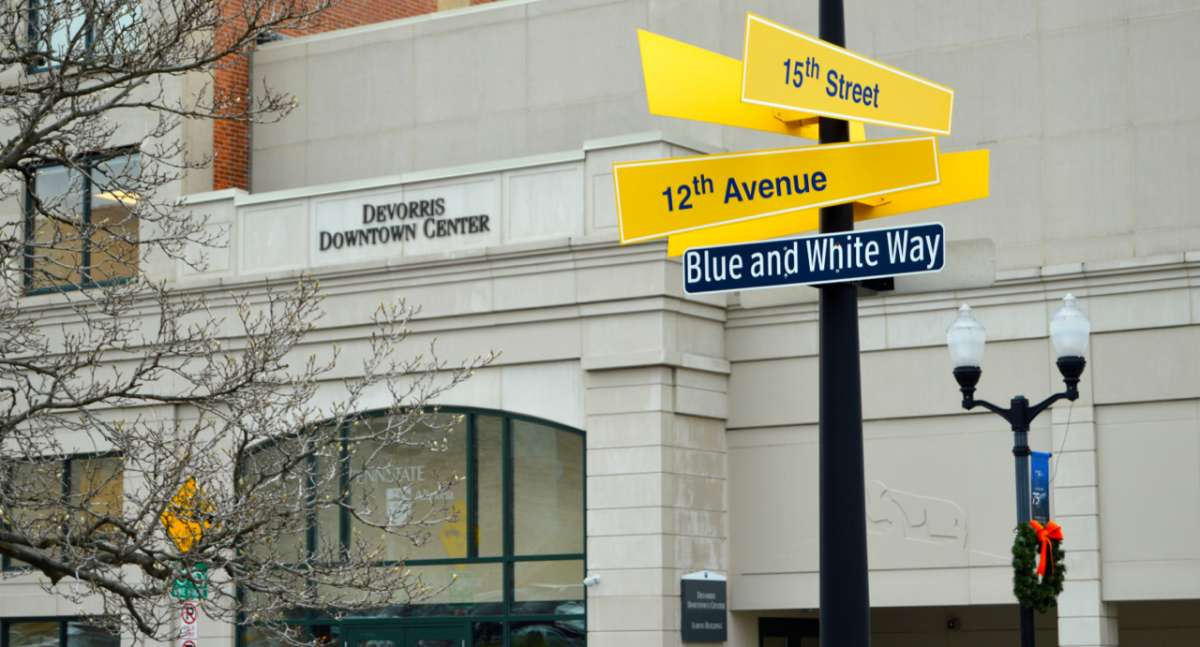
Penn State Altoona’s presence is evident on 12th Avenue in downtown Altoona. (Kate Lao Shaffner/WPSU)
-
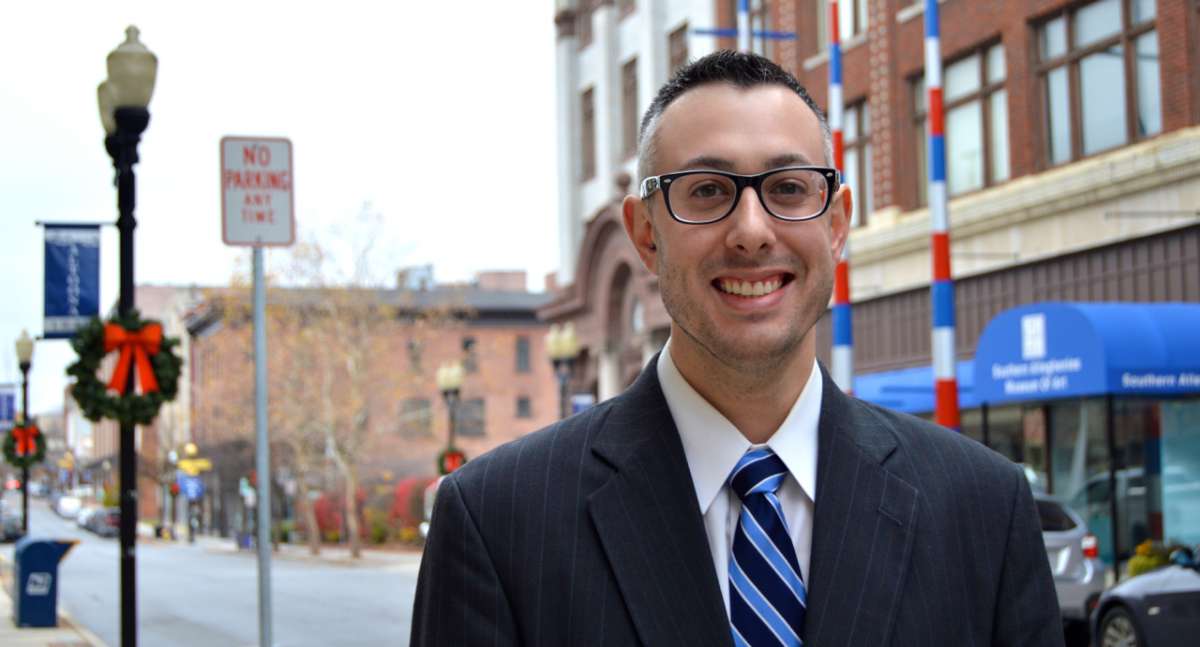
-
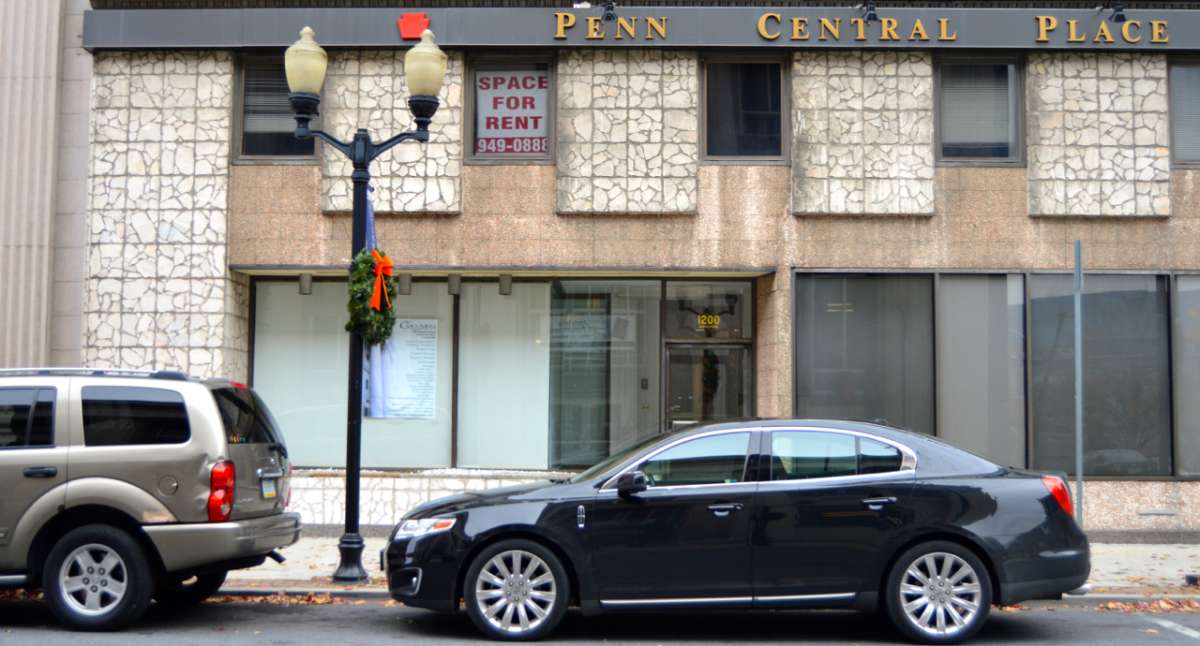
Who is going to invest in a financially distressed city? In Altoona, a local university is revitalizing the city by expanding downtown.
Financially distressed cities have pressing problems, like how to balance the budget. But then there are also issues like building renewal and long-term growth.
“All of the buildings down here, they all have a really neat look to the outside of them,” said Altoona Mayor Matt Pacifico. “But they just need so much work done to them.”
It’s a common sentiment in Pennsylvania towns that have seen better days. The potential is there, but fixing up the buildings would take some pretty deep pockets.
And that’s not the only challenge. You also have to ask—in a financially distressed town, is there even a market for a rehabbed building?
Uniquely equipped
One answer lies on 12th Avenue, where Penn State Altoona has rehabbed and moved into three buildings. The buildings are about three miles away from the school’s main Ivyside campus at the edge of town. One of the buildings, the Aaron Building, houses offices, classrooms, and communications and nursing labs. Chancellor and Dean Lori Bechtel-Wherry remembers checking the building out when it was in really rough shape — there were holes in the ceiling and pigeon carcasses on the floor.
The dead pigeons are long gone. Now, the place is alive with student activity.
Bechtel-Wherry said the rehab cost the university less than new construction.
Penn State Altoona is uniquely equipped to invest in downtown. For one, people like donating to schools. Take a quick walk through the university’s Sheetz Center for Entrepreneurial Excellence and you’ll see family names emblazoned on plaques on practically every wall. The university also provides its own market, unlike a developer that would then have to find businesses or individuals to rent the space. To further sweeten the deal, as a non-profit, Penn State Altoona is exempt from property taxes on the buildings it owns.
All told, Penn State Altoona has rehabbed four buildings downtown, with more projects slated for the near future. Moving programs downtown frees up much-needed space on the main campus, helpful since the school hopes to see enrollment rise in the coming years. And there’s also the perk of investing in the city. Bechtel-Wherry said she’s already seen businesses move in because of the student presence.
“Everybody wins,” she said. “It’s a win-win-win-win. We came here to meet our students’ needs, but a nice ancillary effect is we’re helping to revitalize our downtown area.”
Altoona is, of course, not the only community that’s benefiting from a nearby school. But this economic boost can be particularly powerful in struggling cities hurting for any investment.
In financially distressed Scranton, the University of Scranton estimated its regional economic impact came to around $270 million dollars during the 2012-2013 academic year. While there’s no data that quantifies the total economic impact of universities statewide, one 2010 report showed independent universities and colleges alone contribute around $16 billion to Pennsylvania’s economy annually. A 2009 study said Penn State campuses across the commonwealth had an economic impact of more than $17 billion, more than any other industry in the state.
A double-edged sword
But leaning too heavily on the local university can be risky. A single university policy change can cause economic ripples throughout the community.
Case in point: starting next year, Bucknell University is cutting the number of students who can live off-campus by more than half. Kevin Gardner manages properties at Brynwood Rentals.
“There will be approximately 90 vacant units dumped in the market overnight in June,” he said. “Lewisburg is a small town. It can’t absorb that.”
He said he expects fewer students living in town will negatively impact local businesses.
Gardner said Bucknell has done a lot to help revitalize the area, like investing in the downtown through the Lewisburg Core Community Initiative. But he said the local economy’s dependency on Bucknell is a double-edged sword.
“To a certain degree, you’re at their whim,” said Gardner.
Still, back in Altoona, Mayor Pacifico said he’s not really worried. He said he doesn’t see over-dependence becoming a problem in Altoona.
“We’re just glad that Penn State has shown such an interest in our city,” said Mayor Pacifico.
Penn State Altoona has plans to continue expanding its downtown presence.
WHYY is your source for fact-based, in-depth journalism and information. As a nonprofit organization, we rely on financial support from readers like you. Please give today.


